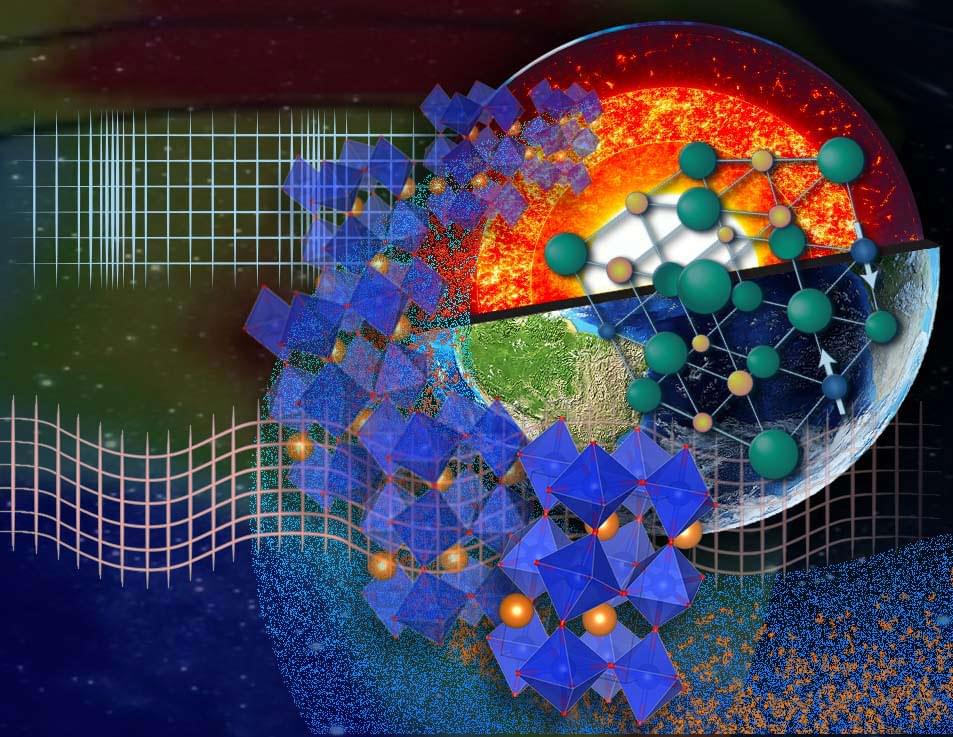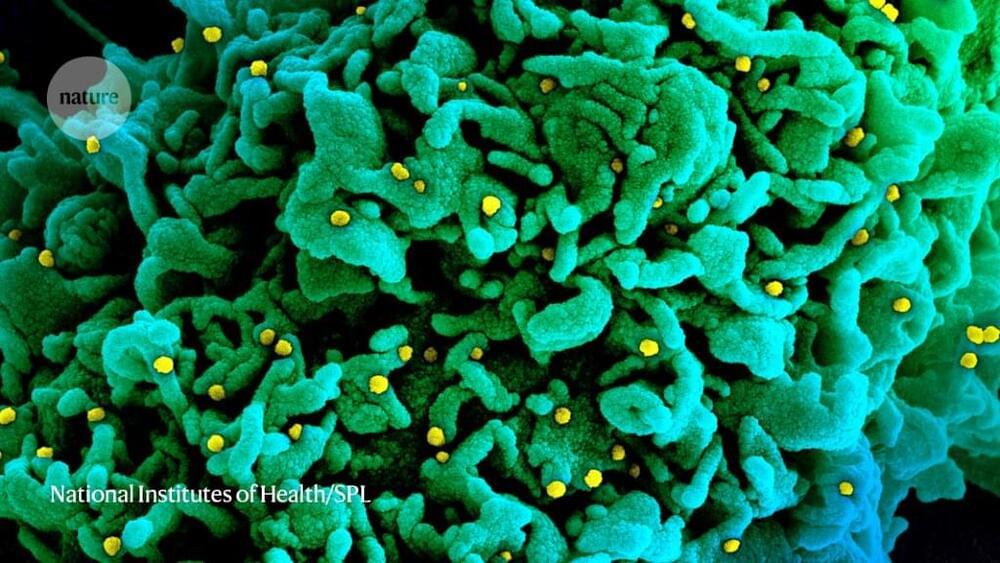Artificial intelligence expert Timnit Gebru on the challenges researchers can face at Big Tech companies, and how to protect workers and their research.
Artificial intelligence research leads to new cutting-edge technologies, but it’s expensive. Big Tech companies, which are powered by AI and have deep pockets, often take on this work — but that gives them the power to censor or impede research that casts them in an unfavorable light, according to Timnit Gebru, a computer scientist, co-founder of the nonprofit organization Black in AI and the former co-leader of Google’s Ethical AI team.
The situation imperils both the rights of AI workers at those companies and the quality of research that is shared with the public, said Gebru, speaking at the recent EmTech MIT conference hosted by MIT Technology Review.









